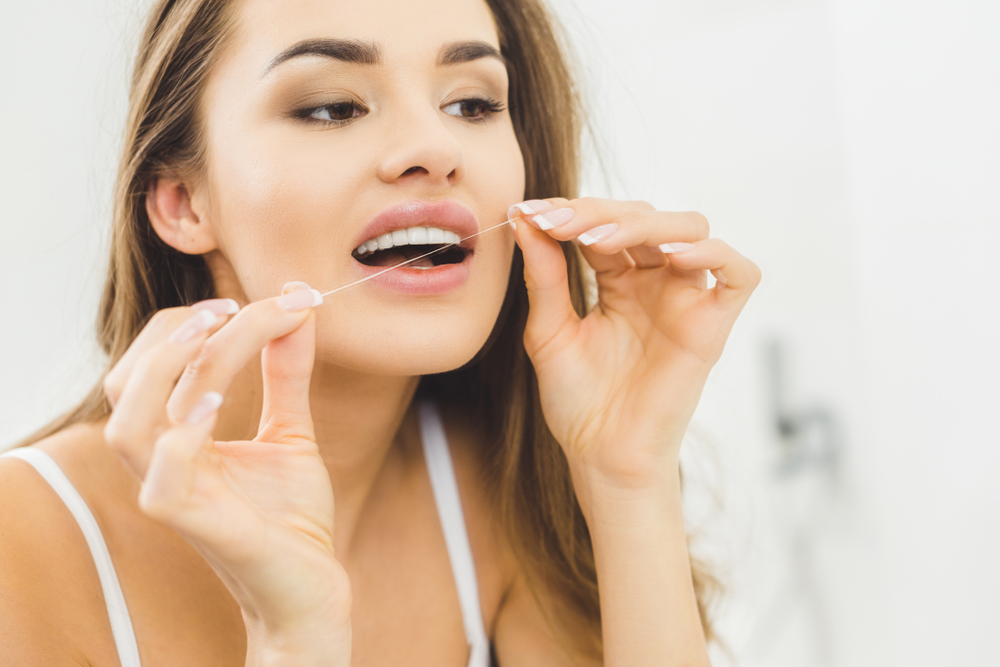
If you aren’t already brushing your teeth (and tongue) for at least two minutes twice a day, using fluoride toothpaste, gargling with mouthwash, replacing your toothbrush every four months, and visiting your dentist twice a year, you are shortchanging your oral health. But that’s not all. No oral care routine is complete if it doesn’t include flossing, or cleaning between the teeth with a thin, soft waxed cord.
An essential part of your oral health, flossing is also the least practiced habit across the board. According to results from a survey by the Centers for Disease Control and Prevention (CDC) show that 32.4 percent of 9,000 American respondents never flossed; while findings from the University of the Philippines College of Dentistry reveal that flossing is next to nonexistent with nearly 90 percent of Filipinos suffering from tooth decay, which comes as no surprise, as a result.
Clearly, even the most vigilant toothbrushing isn’t enough. “The goal of brushing and flossing is the same—to remove the accumulation of plaque, the sticky deposit on teeth where bacteria proliferate,” says Regina Isabel S. Morales, DMD of the Dental Medicine Department of leading health institute Makati Medical Center (MakatiMed, www.makatimed.net.ph).
Read the full article here:
Flossing Important to Oral Health
